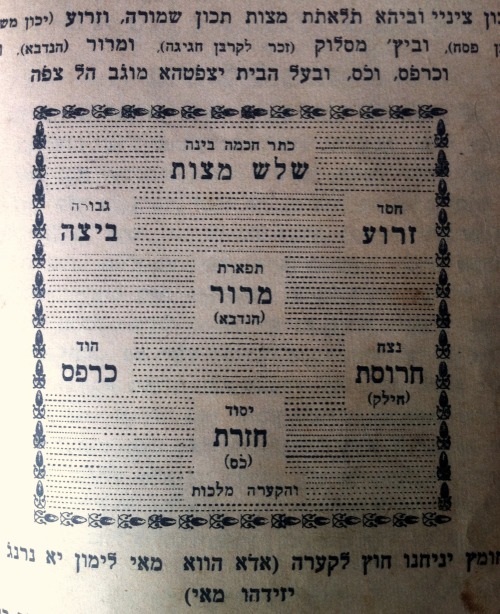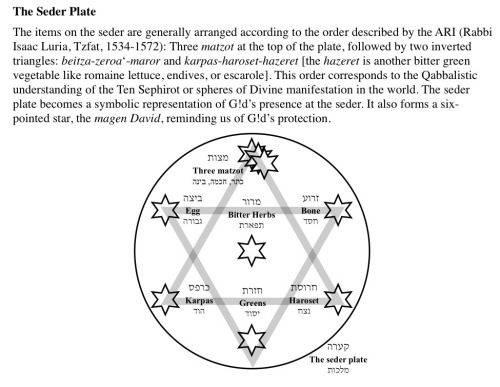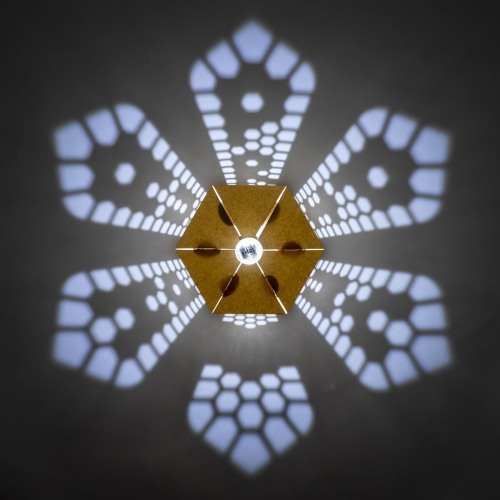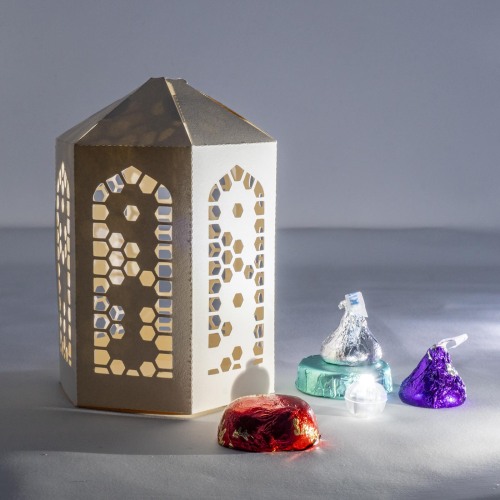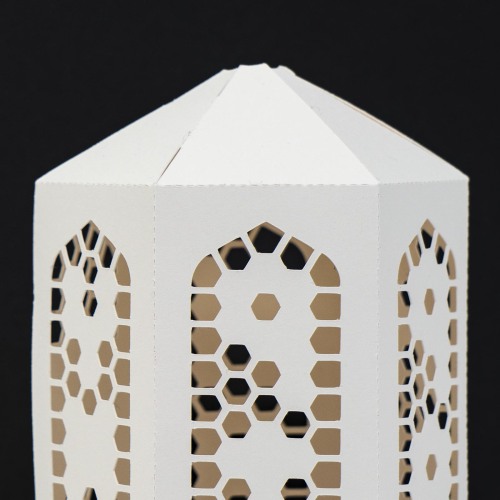#hag sameah
Arranging the Seder Plate in Judeo-Arabic Tradition
I have a (modest but growing) collection of vintage haggadot with Judeo-Arabic translation, and they contain a lot of fascinating information not just about different dialects and vocabularies of Judeo-Arabic (which is why I originally started) but also about Passover traditions in general.
One common image or diagram at the front is the arrangement of the seder plate, called in some traditions as-sistuorat-tabaq oras-siniya in others. Many North African communities used a reed basket rather than the metal or porcelain tray common in other traditions. The items on the seder plate, as you see, are arranged in a Qabbalistic formation which corresponds to the ten sephirot:
- The three matzot for keter,hokhma, and bina.
- The egg (al-bayda) for gevurah and the shankbone (ad-dra’) for hesed.
- Themaror (translated in one haggada as hinduba, “chicory”) for tiferet.
- Thekarpasforhod and the haroset (known as hileqorhaliq in Iraqi tradition) for netzah.
- Thehazeretforyesod.
- The seder plate itself representing the lowest sephira,Malkhut.
The haggadot here are:
1. Algerian (printed in Livorno), 1856.
2. Tunisian (printed in Tunis), 1930s or 40s.
3. Algerian (printed in Vienna), 1890.
4. Moroccan (printed in Casablanca), 1930s or 40s
5. Iraqi (printed in Jerusalem), 1940s.
6. My own summary and diagram, from this booklet, 2012.
Post link
Happy Purim! I’m proud to debut the latest entry in my annual tradition of Purim package design, creating elaborate boxes to fulfill the ritual of mishloach manot, giving gifts of food to friends. (Find the last few years’ here, here,here,here,here,here, and here.) This year’s boxes were inspired by the mashrabiya and jaali, latticework traditions of the world “from India to Ethiopia” — regions ruled by Achashverosh (Esther 1:1). Each little box is filled with fun treats, as well as a little LED balloon light. Close the box and place the light in the peak, and the words “Happy Purim” shine on the tabletop.
Colloquially called “harem windows,” these screens provided privacy and shade to those inside. In the Purim story, Esther lived hidden in the king’s palace. But when the time was right, at the darkest time, she revealed herself and saved her people. She shined. “The Jews had light and gladness, and joy and honor,” (Esther 8:16), and so may we all.
I made two designs while prototyping this box, and being unable to pick which I liked better, I made both! Which do you prefer?
Post link





